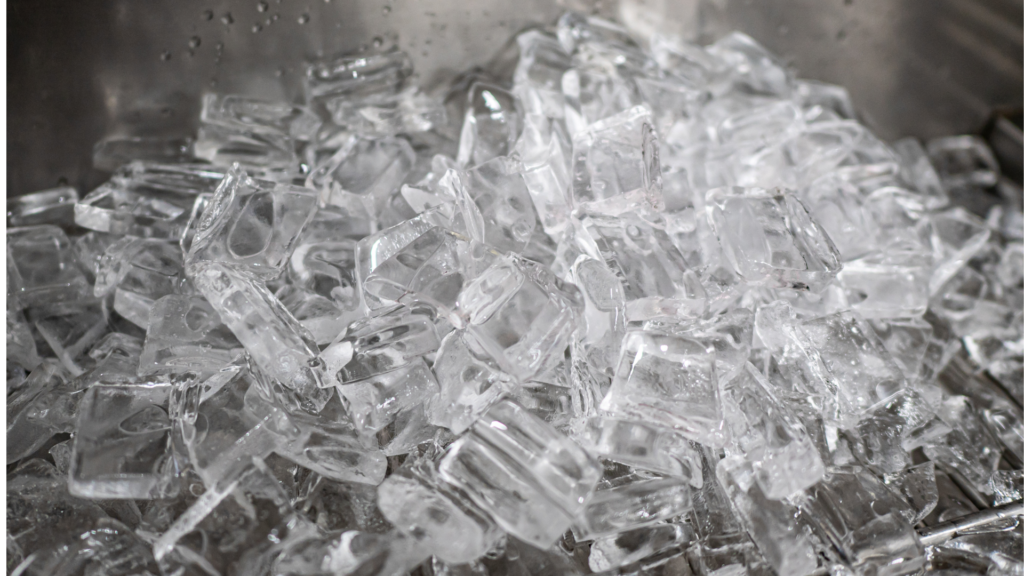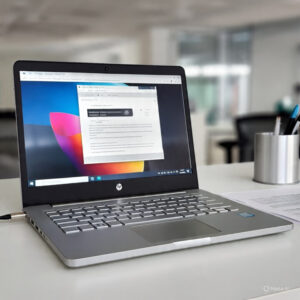How Does a Portable Ice Maker Work? Quick Guide

How Does a Portable Ice Maker Work?
Introduction
A portable ice maker is a compact appliance that can be easily moved and used to make ice anywhere with a power source. It does not require a water line or installation and typically produces ice in a short amount of time, usually within a few minutes. Portable ice makers are commonly used for camping trips, RVs, outdoor events, or when additional ice is needed for parties or gatherings. They usually have a small storage capacity for ice and continuously produce ice until the storage bin is full.
While traditional ice cube trays can be time consuming and inconvenient, portable ice makers have become increasingly popular. In this article we will delve into how does a portable ice maker work.
How Does a Countertop Ice Maker Work ?
In simple terms, a portable ice maker or countertop ice maker is a compact appliance that produces ice cubes quickly and efficiently. Unlike a regular freezer, which requires time to freeze water, a portable ice maker can generate ice in as little as six minutes without the need for a dedicated water line or installation. It works using a simple and efficient process. Here’s how it typically operates:
Water Supply:
A portable ice maker consists of a water reservoir located at the back or side of the unit. Depending on the model, the reservoir can hold varying amounts of water, typically ranging from one to two liters. These reservoirs are transparent, allowing you to monitor the water level easily. Before starting the ice making process, you need to fill the reservoir with clean water.
Freezing:
Once the water reservoir is filled, the ice maker utilizes an electric motor and compressor to start the freezing process. The motor drives a pump, which pushes the water from the reservoir up to an ice tray. At the top of the unit, the water passes through a filter to remove any impurities. From there, the water is transformed into ice through a process known as conduction cooling.
The ice maker’s cooling system contains refrigerant and condenser coils. As the water flows over these coils, the refrigerant extracts heat from the water, causing it to freeze. The combination of the compressor, pump, and refrigerant is what allows the ice maker to create freezing temperatures much faster than a regular freezer.

Ice Formation:
Once the water turns into ice, the ice maker enters the ice formation phase. Underneath the ice tray, there are metal prongs, which serve as the cooling surface. When the temperature drops to a specific point, usually below 32°F (0°C), the metal prongs transfer the cold temperature directly to the ice tray.
At this point, the water molecules begin to form ice crystals on the metal prongs, gradually building up until solid ice cubes are created. The shapes of the ice cubes can vary depending on the design of the ice tray and can range from bullet-shaped to cylindrical or even square.
Storage: Once the ice cubes are fully formed, the portable ice maker automatically enters the storage mode. The ice tray rotates or flips over, allowing the cubes to detach and fall into a collection bin. This bin can hold a certain amount of ice, usually around one to three pounds, depending on the model.
To maintain the ice’s freshness and prevent melting, most portable ice makers come with an insulated storage compartment. This insulation helps to extend the ice’s lifespan, keeping it frozen for an extended period, usually several hours. Some models also offer additional features, such as a timer or automatic shut-off, to further enhance convenience and energy efficiency.
Water Filtration (optional): Some ice makers include a built-in water filtration system to remove impurities and ensure the ice cubes are clean and clear. This step may or may not be present in all models.
Water Recycling: If the ice cubes in the basket start to melt, the water will flow back into the reservoir to be reused in the next ice making cycle.
Control Panel: Portable ice makers usually have a control panel with buttons or a digital display. It allows you to adjust settings such as ice cube size (small, medium, large), on/off switches, and sometimes a timer.
Continuous Operation: The ice maker will continue to produce ice as long as it has water in the reservoir and there is space in the ice basket. You can empty the basket and add more water to keep the ice production going.
Conclusion
In conclusion, a portable ice maker operates on a simple but effective principle. By using a combination of an electric motor, compressor, evaporator, and condenser coils, it quickly freezes water to create ice cubes within minutes. Whether you’re hosting a party, going on a road trip, or just need ice on the go, a portable ice maker offers a convenient and efficient solution to meet your ice making needs.
Also Read- How Does a Portable Air Cooler Work ?

With a degree in Electrical Engineering and years of hands-on experience in the tech industry, passionate to provide readers with insightful reviews. From smartphones and laptops to smart home devices and emerging technologies, he navigates the ever-evolving tech landscape, offering in-depth analyses and honest opinions.







